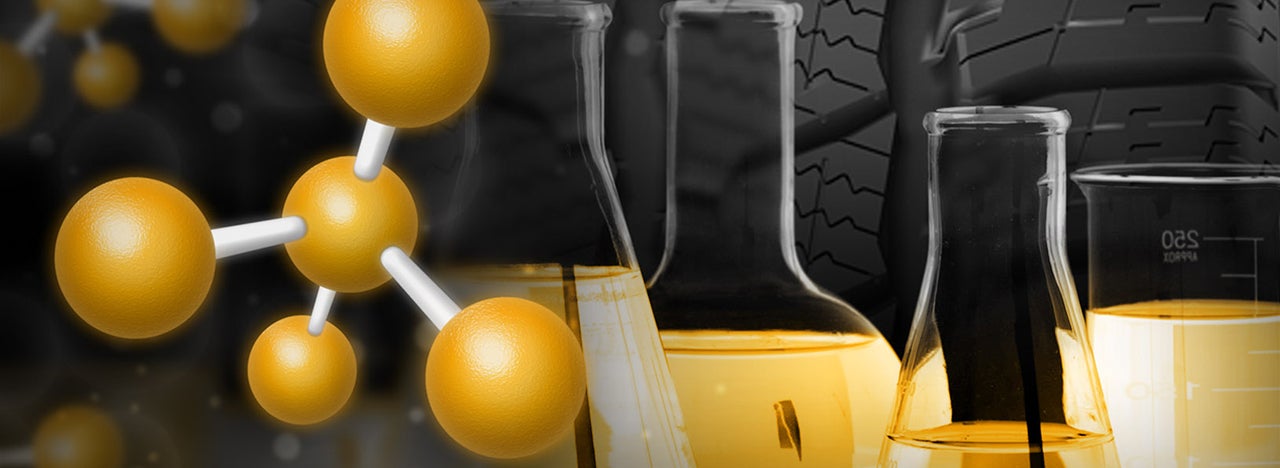
# Tyre Basics
Tyre production
How a tyre is made
A tyre is a complex combination of components made from numerous ingredients. But how do we get from the rubber tree to the road? Tyre production is a multi-step process. Let’s follow a Continental tyre through all five essential stages of tyre manufacturing.
- Sourcing of materials and production of compounds
- Manufacturing of components
- Building the tyre
- Vulcanisation
- Quality control
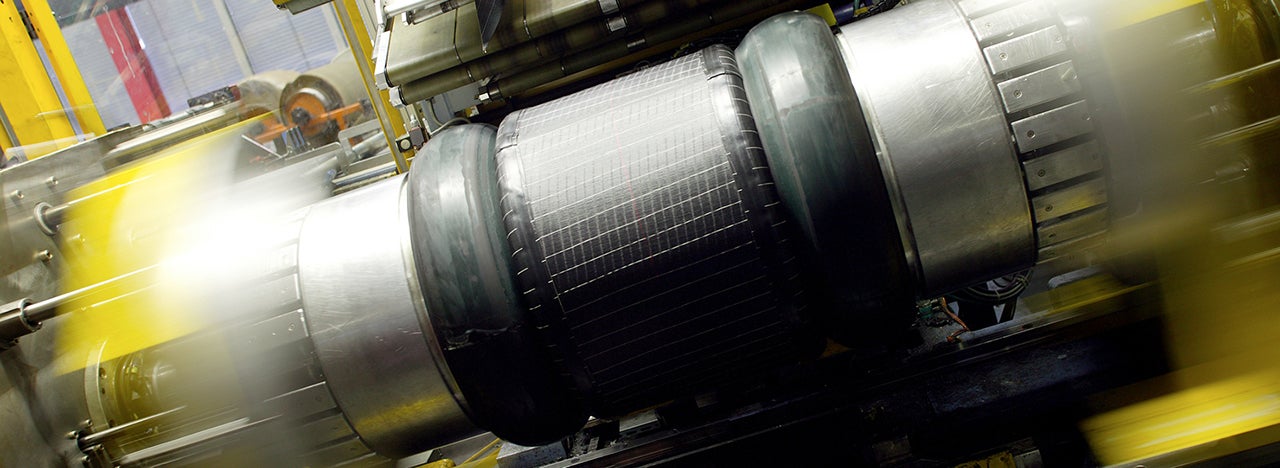
Stage 1: Quality ingredients to make essential compounds
Various branches of industry supply the tyre manufacturing industry with raw materials, which are used to create the necessary compounds.
Steel. The steel industry supplies high-strength steel. This serves as the starting material for the manufacture of steel belts (steel cord) and of bead cores (steel wire).
Chemicals. The chemical industry is a major tyre ingredient supplier. In particular, synthetic rubber and materials used to reduce wear, increase grip and extend the life of a tyre.
Natural rubber. Rubber is extracted from special trees grown in large plantations. The milky fluid (latex) that flows out coagulates when acid is added to it. It is then cleaned with water and pressed into solid bales for easier transportation and storage.
Bales of natural and synthetic rubber are sectioned, cut into portions, weighed and mixed with other ingredients according to precise recipes. Up to twelve different rubber compounds are used in modern passenger car tyres.
Textiles. The textile industry supplies base materials (rayon, nylon, polyester and aramid fibres) for the manufacture of cords that serve as reinforcement in tyres.

Stage 2: Manufacturing of components
Steel cord. Pre-treated steel cord supplied on wire spools is fed into a calendar, where it is embedded in one or more layers of rubber. The result is a continuous sheet of cord and rubber. This is cut at a defined angle to the correct length according to tyre size and rolled up for further processing.
Tread. Kneadable rubber material that has been blended in a mixer is now ready to be made into the tread. A screw-type extruder shapes the rubber into an endless strip of tread. After extrusion, the weight per metre is checked and the tread cooled by immersion. The tread strip is cut to length for the tyre size. Another unit weight control is then carried out.
Textile cord. A multitude of textile threads are fed into the calendar by a large roller device and embedded in a thin layer of rubber. This endless sheet is then cut to the desired width at a 90° angle to the direction of travel and rewound for further processing.
Steel bead. The core of the bead is made up of many ring-shaped steel wires. Each of them has its own rubber coating. This loop is then fitted with a rubber apex.
Sidewall. Sidewall sections cut to suit the particular tyre size are turned out with the extruder.
Inner liner. A calendar forms the airtight inner liner into a wide, thin layer.
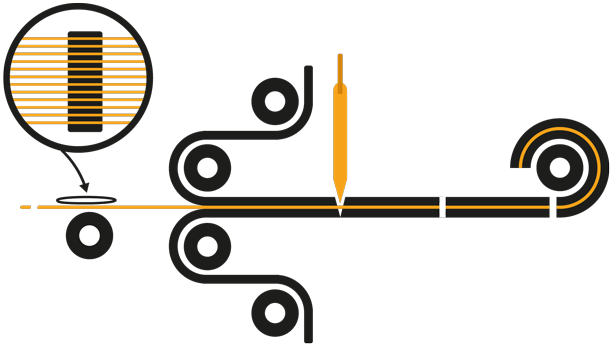
Stage 3: Building the tyre
Now, the tyre building can begin. The various semi-finished products come together on the tyre building machine and are assembled into what is known as a “green tyre”. This is done in two stages: the casing, and the tread/belt assembly. This “green tyre” is then sprayed with a special fluid to prepare it for vulcanisation.

Stage 4: Vulcanisation
Now we’re in the curing press. Here, the tyre receives its final shape after being vulcanised for a certain length of time at a certain pressure and temperature.
During this process, raw rubber becomes flexible, elastic rubber. Curing press moulds are engraved with the tread pattern and sidewall markings.
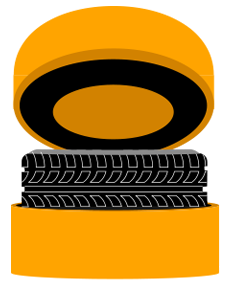
Stage 5: Quality control
Each individual stage of production – from the inspection of raw materials to delivery of finished tyres – is subject to ongoing quality control.
A multi-layered process ensures Continental tyres are thoroughly checked for quality. Finished Continental tyres go through:
- Visual inspection
- X-raying
- Various tyre uniformity checks
Once tyres have passed all checks and inspections, they are sent to the distribution warehouse for shipment.
Related content
-
 2022/09/02Tyre mixtureContinental makes tyres with the highest quality materials; modern car tyres contain up to 25 components and as many as 12 different rubber compounds.Read more
2022/09/02Tyre mixtureContinental makes tyres with the highest quality materials; modern car tyres contain up to 25 components and as many as 12 different rubber compounds.Read more -
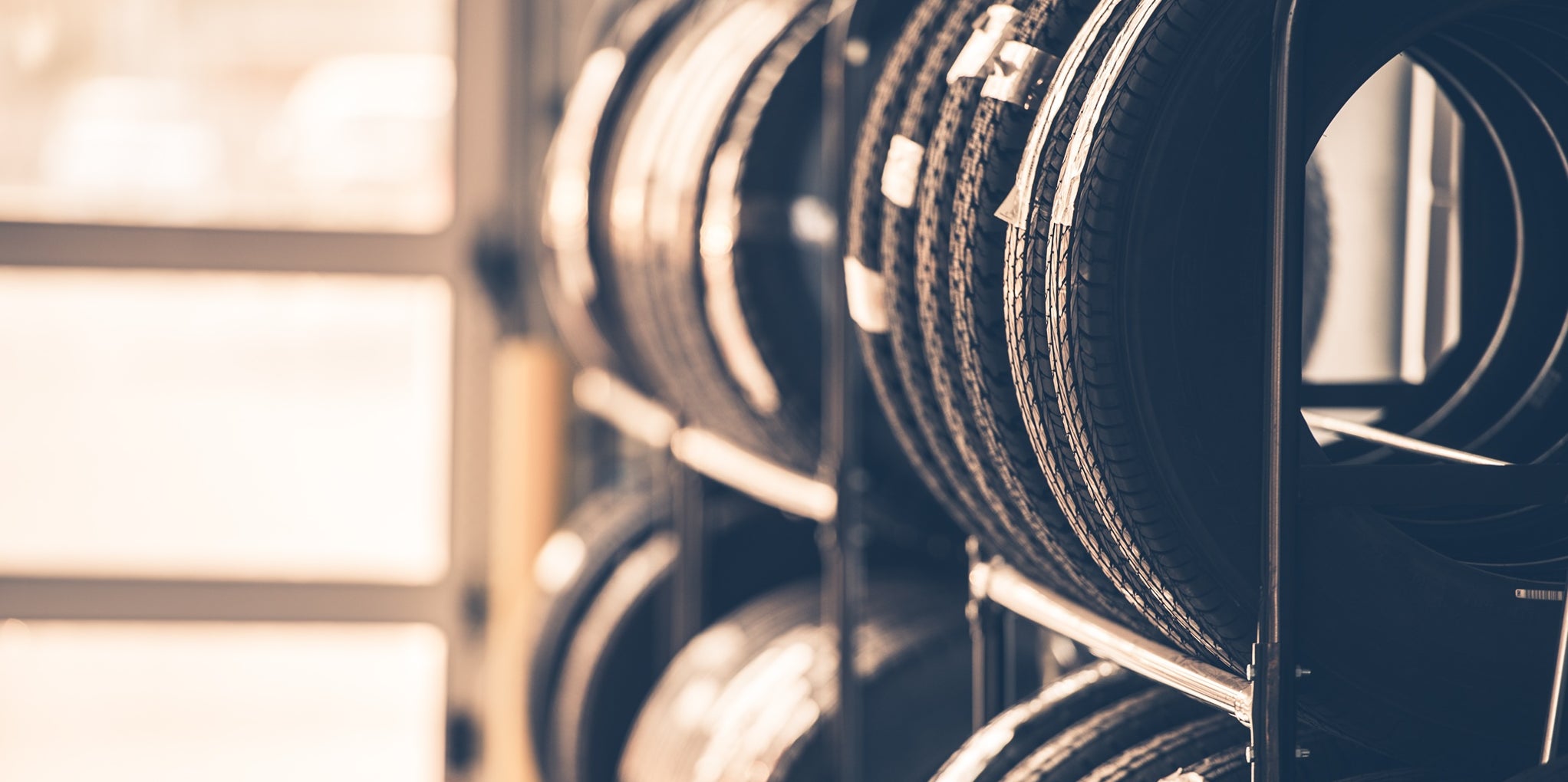 2022/09/02Tyre typesThe modern tyre is a complex work of engineering designed to tackle a myriad of challenges. Learn about the different tyre types, and their pros and cons.Read more
2022/09/02Tyre typesThe modern tyre is a complex work of engineering designed to tackle a myriad of challenges. Learn about the different tyre types, and their pros and cons.Read more